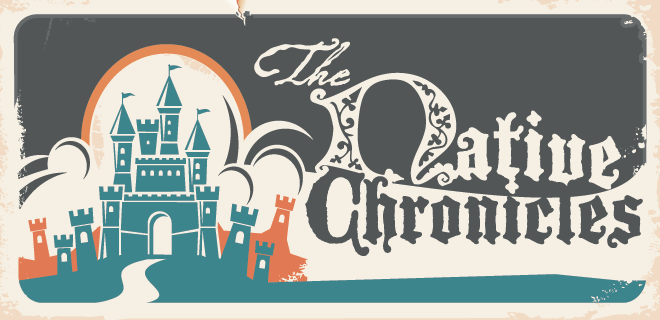
This is the second article in the Native Chronicles series, brought to you with the support of TripleLift. Read the first article on the “creative revival,” and the third on the future of mobile.
The term “set it and forget it” is anathema to digital advertising. Whether it’s a homepage takeover, pre-roll video, or a private marketplace, no campaign is simply set up, pushed out into the Internet, and then left to fend for itself. Regardless of format, the best digital advertising campaigns are managed with great care by both advertisers and publishers.
So why wouldn’t creative be a part of that? In display campaigns, messaging and images are often changed depending on audience response. However, native component-based advertising opens the door for doing much more with its inherent flexibility. Because the creative is fluid, elements—from taglines to images to shading to layouts—can be adjusted quickly and optimized for specific content and/or audiences.
Where native gets quite interesting is the amount of control a publisher can take over campaign creative. Sure, pubs have always been able to switch up trafficking patterns or targeting parameters to improve performance, but native units can enable them to improve the user’s entire advertising experience—whether by format or campaign. Advertisers that don’t have the resources constantly adjust creative can lean on their publisher partners to determine optimal creative paths.
For publishers, it’s a win-win scenario—not only can you produce creative that can drive better campaign performance, you can also offer your audience advertising that is aesthetically pleasing and relevant to their content experience.
Test, Test, and Test Some More
The three primary qualifications for native are: location (placed within content); design (formatted like content); and relevancy (alignment to content). And just as one page layout or display unit size will not serve every publisher the same, the most optimal native template could differ depending on the page, screen (mobile vs. desktop) or page content.
Determining the best units for various sections and pages takes a page out of high school science—experiment and analyze the results. Here the use of A/B testing can be a powerful tool in understanding and optimizing a placement for best performance. Not only can publishers A/B test to understand the best templates for various audiences, they should work with their native platform partners to understand granularly what elements will works best for products such as native video and native PMPs.
Here are a few factors to toy with in your native laboratory:
- Call to Action (CTA) Buttons. How many times have you actually clicked on an ad that said “Click Here?” Strategically employing and placing CTAs will enable you to draw maximum attention and visual focus. This will in turn drive conversations. Native gives you the ability to define and test CTAs that align to your advertisers’ products or drive engagement. Try phrases like: “Learn More,” “Shop Here,” and “Read On.”
- Shading/Colors: Native is designed to take on the look and feel of a publisher’s site, but this is all in the publisher control. Depending on where your native slots live within the page, there might be differing shading and colors that will positively impact brand or user engagement on the page.
- Image Size and Ratio: Unlike in display, the image is treated as one component of the final creative when a native ad is rendered. Image size and ratio in your native ad slot should be tested to evaluate what returns the best ROI and creates the best user experience on that particular page. For formats like native video, the larger image ratio has been shown to result in better performance for video campaigns, and therefore better yield for publishers
Check out how even a minor change can make a big difference.
Keeping Up Appearances
Social media leaders like Facebook and Snapchat are continually creating new ad experiences and formats in order to offer a more seamless user experience. These innovations also offer differentiated ad experiences for brands.
While publishers might lack the engineering and product resources of these platforms, native provides access to new formats that can differentiate publisher inventory, open up new revenue channels, and—most important—promote a more engaging user experience, all while maintaining the same site builds.
And native is not limited to smaller to mid-size advertisers and publishers—adoption of native formats across the spectrum could make for a far more aesthetically appealing Internet, while potentially improving display campaign engagement.
More articles in the Native Chronicles series:

